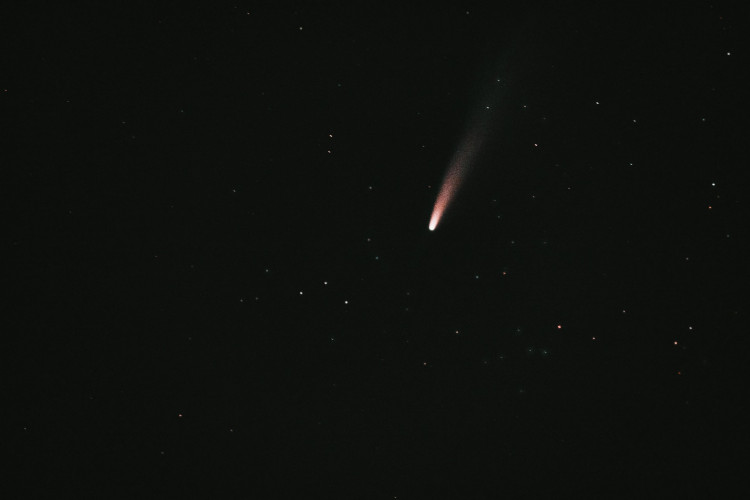A massive asteroid, designated (153201) 2000 WO107, will brush past Earth at the end of November, giving astronomers a pretty good chance to study it. The nearest approach to Earth will take place on Nov. 29 at 05:08 UTC.
The asteroid is estimated at 1,640 feet (500 meters, half a kilometer, or 1/3 mile). It's going to be 11.19 times the Earth-Moon distance, a very safe distance.
The asteroid may not be visible to the eye; however, it can be caught by people with small telescopes. Astronomers are planning to observe this asteroid again, partly because of its comparatively large scale and partly because the following 2000 WO107 encounters would be closer than this year's pass.
WO107 is a fast-moving asteroid, flying through space at an unprecedented speed of 56,080 miles per hour (90,252 km/h) or 25,07 km per second. By comparison, September's flyby 2020 SW swept past Earth at just 17,336 miles per hour (27,900 km/h).
After a visit to Earth on Nov. 29, the asteroid would return, passing a little closer on each successive flyby - first in November 2040 - and then in November 2093. An even-closer flyby will take place on Dec. 1, 2140, as the asteroid is approximately half the distance between Earth and the Moon. Asteroid 2000 WO107 has been identified as a potentially hazardous asteroid owing to its size and periodic relatively close flybys. However, as its orbit is well known, no chance of impact has been observed.
Astronomers at the Lincoln Near-Earth Asteroid Research Project (Linear Project) in New Mexico discovered 2000 WO107 on Nov. 29, 2000. NASA's NEOWISE space telescope was also used to observe it; NEOWISE estimated that the height of the asteroid was about 510 meters in diameter.
Radar measurements of asteroids result in images that demonstrate the outline of the object. It's always a lot of fun to see the outlines of these great boulders or mountains in space.
According to NASA/JPL, the 2000 WO107 observations may allow scientists to determine the composition of space rock. The asteroid may be metallic, or it may be an optically dark rock, that is, a rock that is dark in the visible light part of the electromagnetic spectrum.
Astronomers will analyze 2000 WO107 by rebounding radar signals from the surface and then by evaluating the signals that are reflected. These experiments are planned for Nov. 27 to Dec. 1 at the Goldstone Deep Space Communications Complex in California.




